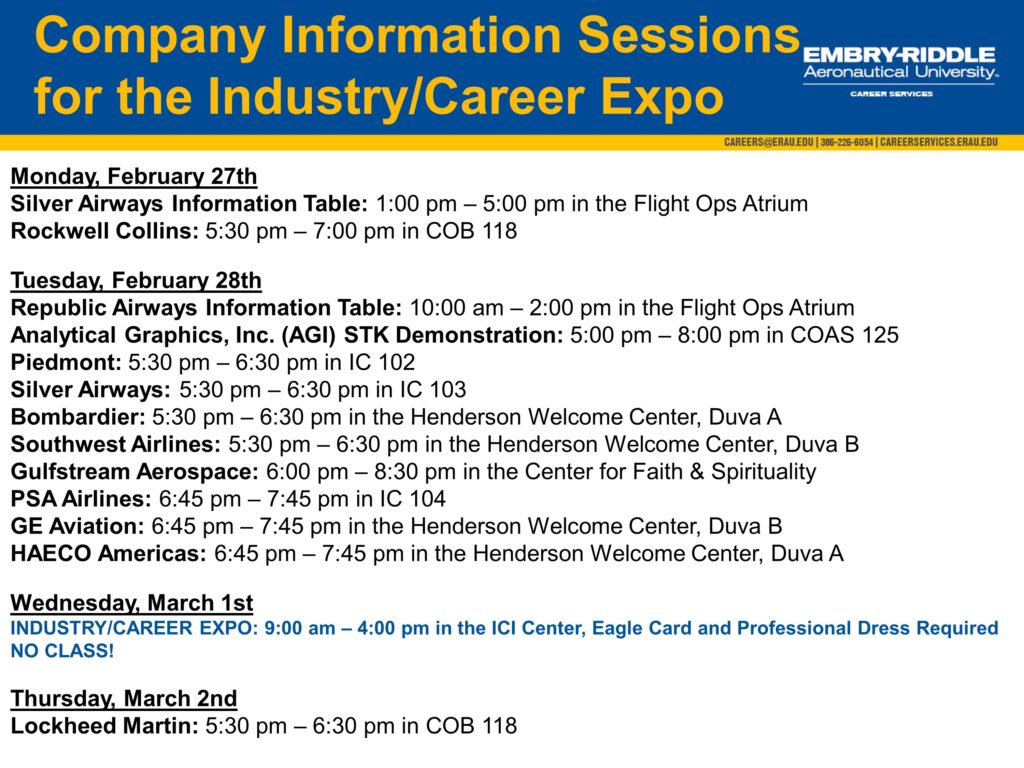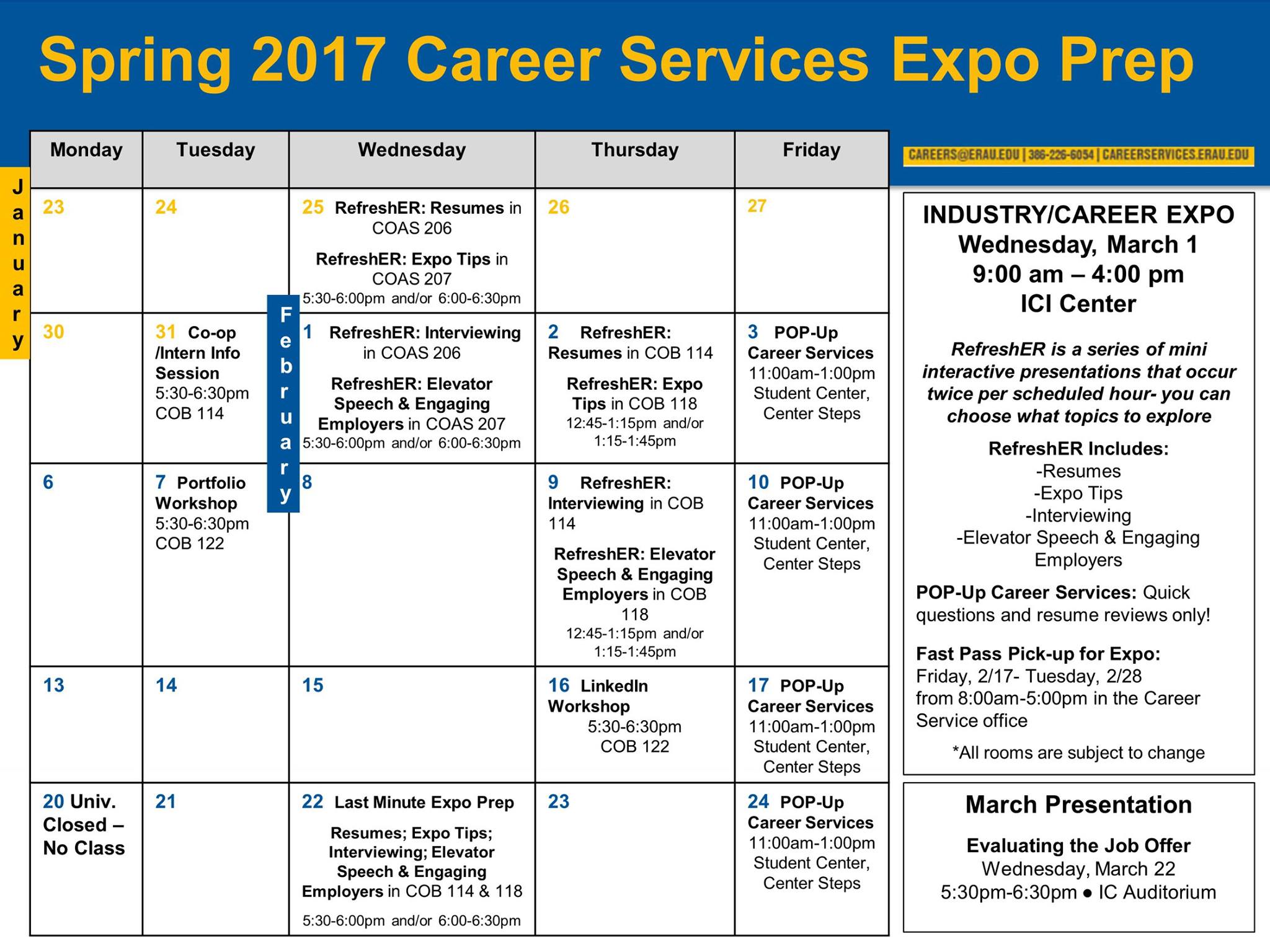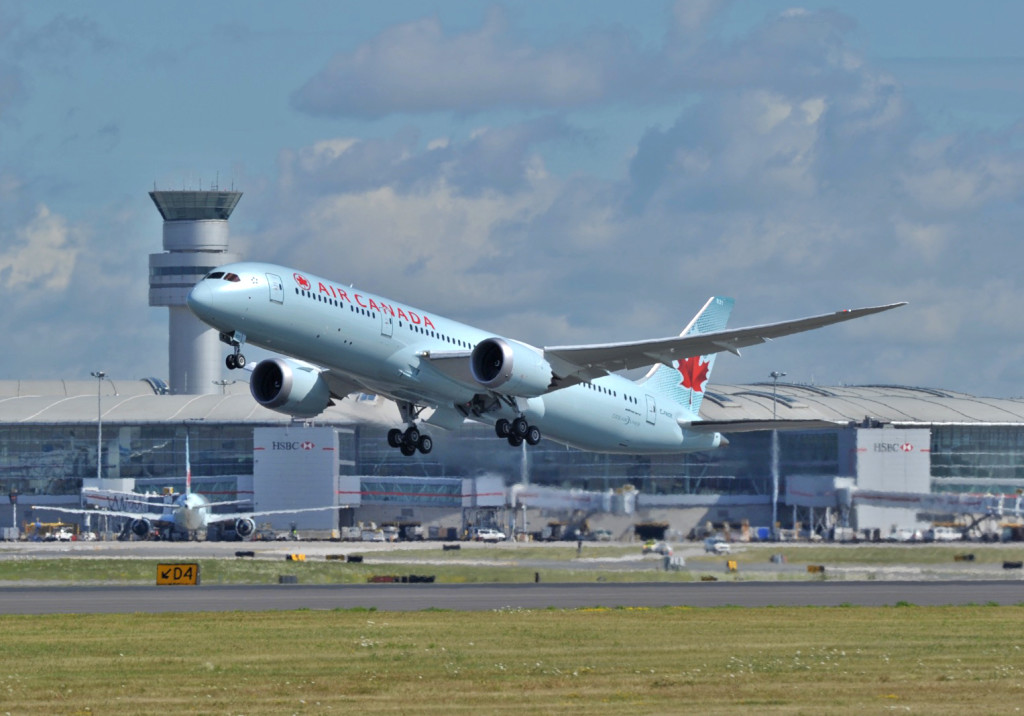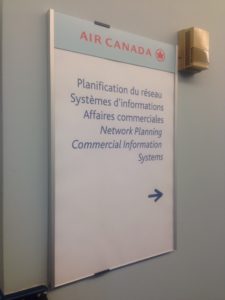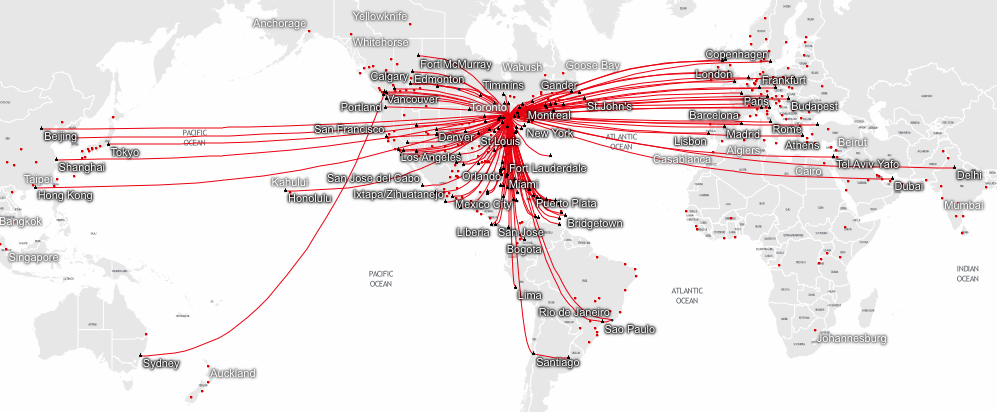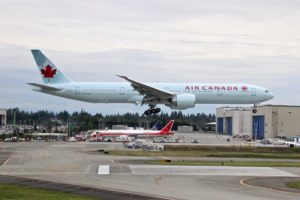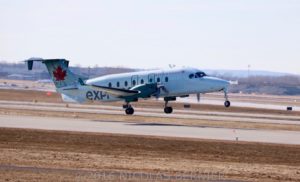It’s that time of year again, when students are getting phone calls informing them that they received that long-awaited summer internship. Of course, students get so excited when they hear the news, but often forget to think about the other impacts of getting an internship. So, based on my experiences, I wanted to share some insight into the factors you should consider when you are thinking about internships.
1. Location
Sure, New York City may sound great for the summer, but if it’s not your home state, there are definitely things to consider.,, Like, where are you going to live? The city is expensive, but if you live further away, you’ll have to commute longer. If you rent an apartment, are you able to get a short enough lease for just the summer? Does the company provide housing for interns?
2. Compensation
There are paid and non-paid internships. Of course, both are great experiences and look great on a resume, but let’s be honest, we all need some compensation to be able to survive the summer. Although most internship compensation packages are non-negotiable, make sure to evaluate how much you will be paid in relation to the cost of living in that area, especially if you’ll have to rent an apartment.
3. Position
Maybe you didn’t get your dream internship position, but you did get a position at your dream company. Don’t be frustrated that you won’t be working on what you had hoped. It is great to just get your foot in the door. So, do your best, and learn all that you can. When that full-time position you’ve wanted opens up in a few years, you’ll have the upper hand, since you worked in the company already.
4. Internship Program
Some companies have well-established internship programs, others may have one or two interns for the entire company. There are different benefits to each. With a well-established internship program, you’ll be able to network with other interns and have tours, luncheons, and meet-and-greets. In a smaller company with a few interns, you will be able to network with full-time employees within the office, become noticed by managers, and possibly be able to rotate throughout different departments.
Of course, there are many other things to consider when deciding if the internship is right for you. However, I wanted to give some brief insight into the major points. I wish you luck with all of your future internship endeavors!
Until next time,
Lindsey



